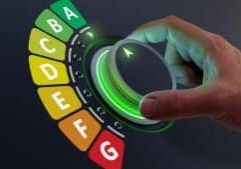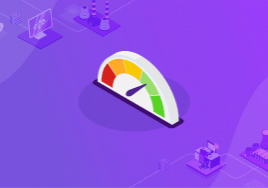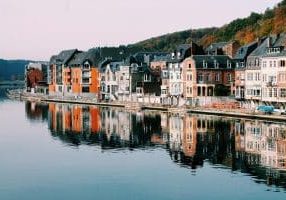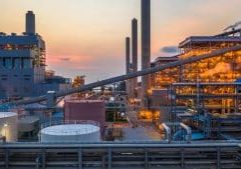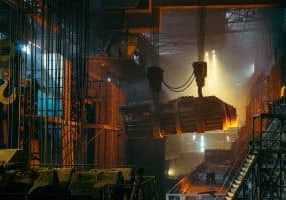The cement industry, which is particularly energy-intensive and emits greenhouse gases, is subject to stringent legal and environmental constraints. In fact, its energy performance is a key issue. However, the cement-making process is complex and the fuel and electricity requirements depend on many factors: quality of cement manufactured, cement-making method used, configuration of the firing lines, storage of materials, filter performance levels, choice of fossil or alternative fuels, chemical composition of raw material. All these elements complicate its energy optimization. Fortunately, digitalization opens up new opportunities!
Digitalization for optimal energy management
Thanks to the indicators available in real time and the creation of a digital twin, the power of the digital energy intelligence platform helps optimize the cement-making process by ensuring the durability of the know-how relating to it.
➛ The time parameter: real time and inertia
The inertia of the cement-making process often complicates the identification in time and space of the impacts of upstream modifications made by operators. Digitalization of energy flows, through fine and precise analyses that integrate the dynamics of the process, highlights optimization scenarios that were previously difficult to detect, and allows a better explanation of the consequences of different configurations while taking account of the inertia of the phenomena.
In addition, the results of analyses are presented in real-time! This is a real breakthrough in energy performance management:
"Energy intelligence alerts operators in real time and provides them with the information they need to act quickly on any possible drifts. By identifying the effects of individual actions on the overall manufacturing process, this tool makes the cement-making process as a whole much more efficient", explains Ignace De Francqueville, VP Energy and General Manager of METRON Italy.
➛ The digital twin
In concrete terms, energy optimization is made possible by the creation of a digital twin of the plant, a virtual double that is an excellent reproduction of the industrial reality. Equipment, tools, behaviors, consumption, environment: all this data is integrated and analysed thanks to an industry-specific and energy knowledge base.
"Artificial intelligence, fuelled by this data and this multiple knowledge, tests the different optimization scenarios continuously in order to detect the best operational decisions. Operators can then implement the recommendations and observe the effects through real-time quantification of the savings generated."
➛ The perpetuation of expertise
The platform also supplies precise indicators for each stage in the industrial process.
"The indicators revealed by digitalization help cement manufacturers to continuously adjust energy consumption, identify drifts and detect areas of savings in order to act sustainably on the systems operation both upstream and downstream from the rotary kiln."
Finally, by consolidating the knowledge base of the cement plant's industrial process and the history of these indicators, digitalization guarantees sustainability of expertise and know-how. "An essential point in this historic industry," adds Ignace De Francqueville.
➛ Example of short-term action: reducing the power consumption of grinding mills
Thanks to alerts and recommendations received in real time, the operator is prompted to rectify the operating conditions of the process immediately, so that an energetically optimal situation can always be maintained. In fact, daily practices can be adjusted and problems such as over-consumption can be corrected immediately. It is even possible to integrate new control practices by further digitalizing control parameters, such as quality data.
➛ Example of longer-term action: optimizing the energy mix
The choice of rotary kiln fuels, and their storage, evolution and distribution, is an essential lever for energy optimization within a cement plant. Through complex modelling, digitalization allows recommendations to be made on the choice and distribution of fossil or alternative fuels.
"Based on dynamic simulations carried out upstream and downstream from the firing process, the digital energy intelligence platform identifies the best fuel combinations, detects possible replacements and develops the most efficient energy optimization scenarios," explains Ignace de Francqueville.
Digitalization applied to cement manufacturing therefore makes it possible to adjust energy consumption and ultimately optimize the fuel mix while ensuring sustainability of expertise and production quality.
Want to learn more about Energy Management & Optimization System (EMOS)?

